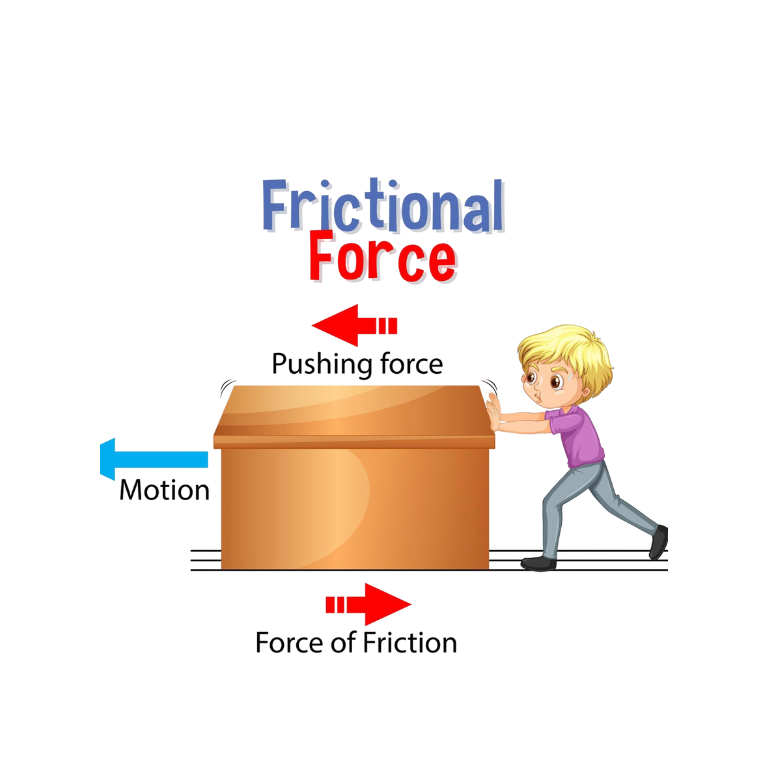Chapter 15: Light
Investigate the fundamental principles of optics, including how light reflects, the properties of images, and the behavior of curved mirrors and lenses.
Key Topics & Instructions
▼- Reflection: Study the reflection of light by a plane mirror.
- Image Properties: Learn the characteristics of images formed by plane mirrors (virtual, erect, same size).
- Curved Mirrors: Study image formation by concave (converging) and convex (diverging) mirrors.
- Spectrum/Lenses: Explore white light dispersion and lens behavior (convex/concave).
- Plane Mirror: Use the slider to adjust object distance and see the image properties.
- Curved Mirror: Select a mirror type to instantly view the primary image characteristics.
- Review the explanations for concepts like lateral inversion and the spectrum.
Experiment 1: Plane Mirror Reflection
Simulate changing the object distance from a plane mirror and observe the image properties.
Experiment 2: Curved Mirror Image Properties
Select a curved mirror type to instantly see its key image formation characteristics.
The image formed is **virtual** (cannot be obtained on a screen), **erect**, of the **same size** as the object, and is located at the **same distance** behind the mirror as the object is in front. It also exhibits **lateral inversion** (left and right sides are swapped).
Optics Fundamentals: Mirrors and Lenses
The **Law of Reflection** states that the angle of incidence ($$\angle i$$) is equal to the angle of reflection ($$\angle r$$). Light follows this law when bouncing off a polished surface like a mirror.
- **Convex Lens (Converging):** Thicker in the middle. It brings light rays together (converges them). Used in spectacles for hypermetropia (farsightedness).
- **Concave Lens (Diverging):** Thinner in the middle. It spreads light rays out (diverges them). Used in spectacles for myopia (nearsightedness).
When white light passes through a **prism**, it splits into its constituent seven colours: **VIBGYOR** (Violet, Indigo, Blue, Green, Yellow, Orange, Red). This phenomenon is called **Dispersion** of light.



